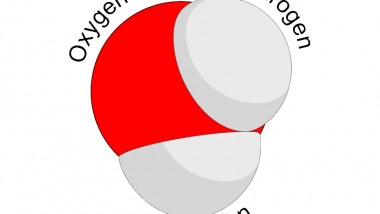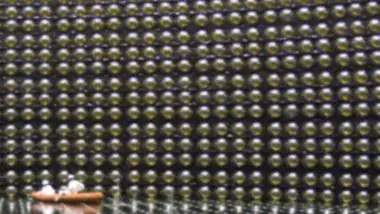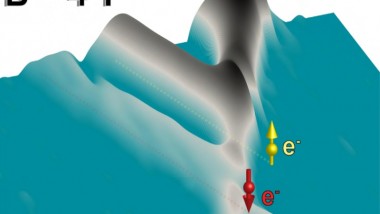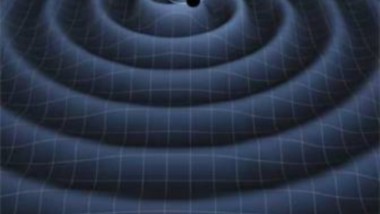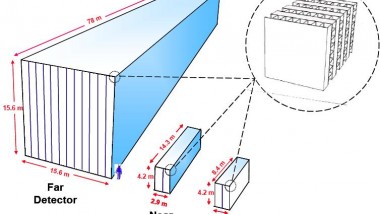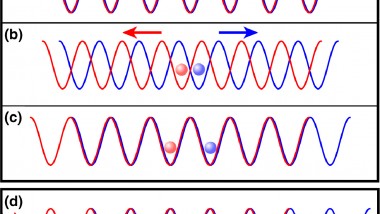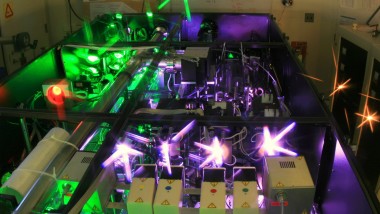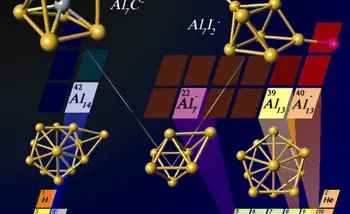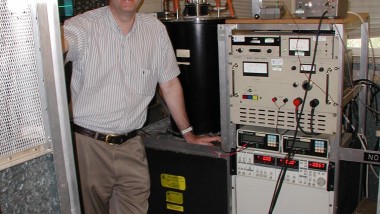Materials scientists at the University of Wisconsin-Madison recently announced a new way to harvest small amounts of waste energy, thus harnessing it to turn water into usable hydrogen fuel. The new process provides many benefits including simplicity, efficiency, and the ...
Scientists Shed Light on the Mysterious Neutrino
Queen Mary’s Particle Physics Research Centre has recently received access to data from the T2K experiment, which dealt with the Neutrino – one of the most baffling particle physicists explore. Using this data, a collaborative team of scientists hope to ...
Single-Atom Transistor Discovered
An international team of researchers has recently announced the completion of the smallest transistor ever made, built out of a single phosphorus atom in silicon. Their new discovery is crucial for the development of future, compact computers, since the transistor ...
Black Holes in Star Clusters Stir Time and Space
Astronomers at the University of Bonn’s Argelander-Institut fuer Astronomie have recently published a study that suggests novel techniques to simulate the movement of black holes in star clusters, providing a new method to detect the merging of black holes. Their ...
Hunting Down the Neutrino
Scientists from NOvA, a cooperative project of the Department of Energy’s Fermi National Accelerator Laboratory, have recently announced the construction of a huge detector that will be used to answer some of the mysteries modern physics present – including the ...
New Quantum Lasers Emit More Light than Heat
Researchers from Northwestern University have recently announced the development of compact, mid-infrared laser diodes that generate more light than heat. This technology is a breakthrough in quantum cascade laser efficiency, since it could help scientists to utilize this technology in ...
Random Walk in Quantum Physics
Researchers at the University of Bonn have used caesium to demonstrate the unusual effects of quantum particles. Using the example of tossing a coin, the outcome can either be heads or tails. However, an atomic ‘coin’ can exhibit a superposition ...
Lasers Lengthen Quantum Bit Memory
Scientists from the University of Michigan have discovered a new feedback reaction that has the capability to stabilise the magnetic field of a quantum dot. Using lasers, the team lengthened the stable existence of a quantum bit to more than ...
Magnetic Super-Atoms Discovered
Scientists from Virginia Commonwealth University (VCU) have discovered a ‘magnetic superatom’ – a stable cluster of atoms that can imitate various elements of the periodic table. In the future, this discovery could bring about molecular devices that can increase a ...
Saser – The Sonic Laser
Scientists from the University of Nottingham have produced a new type of acoustic laser device, called Saser. It is a sonic equivalent to the laser, capable of producing an intense beam of uniform sound waves on a nano scale. The ...

